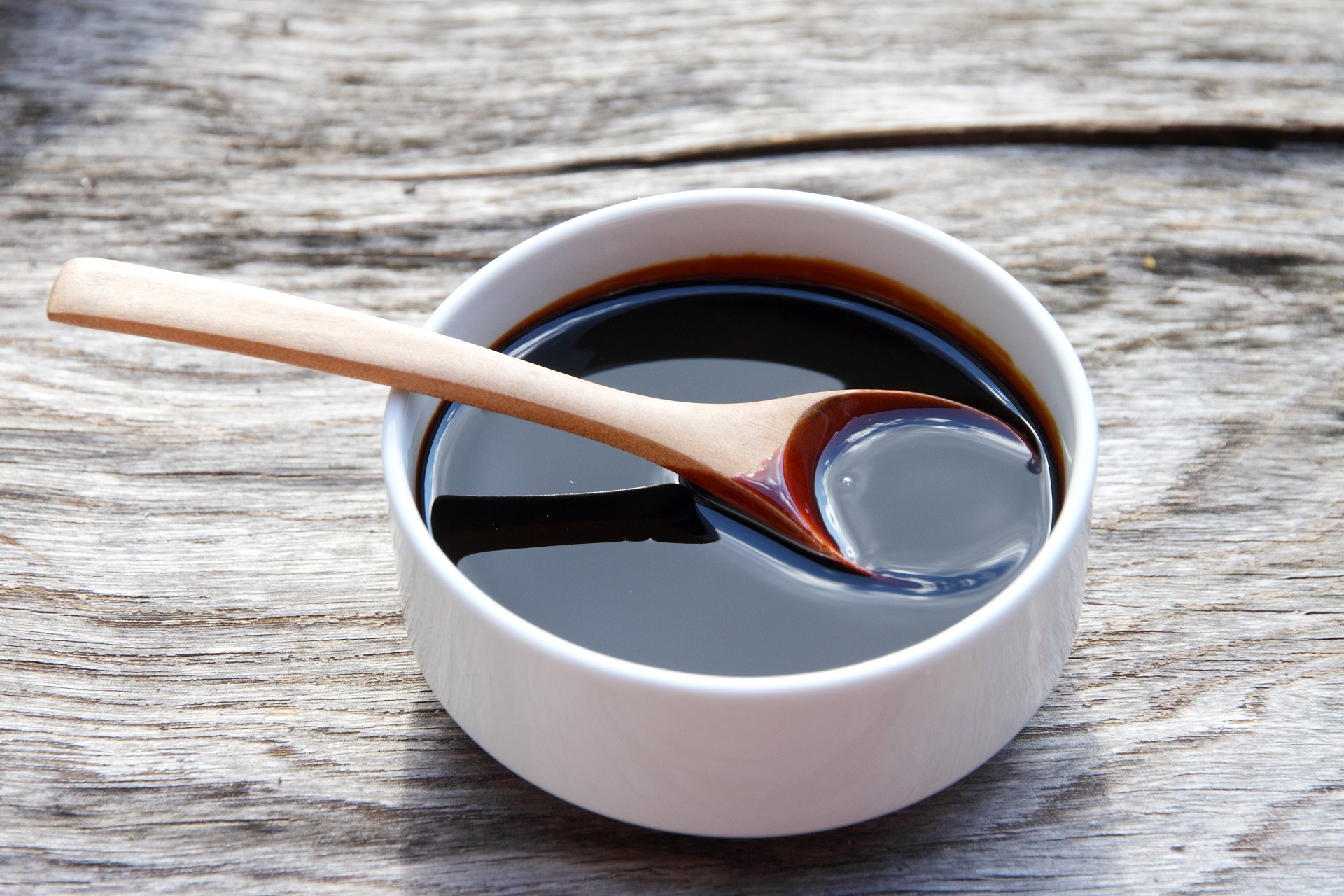By Victoria Phillips BSc Agriculture nutrition and MSc Animal production
An unseasonably warm February after a year of drought and forage shortages was undoubtedly good news for farmers eyeing the last of their 2018 forage stocks with trepidation. The early turnout and relatively dry ground meant many farmers could breathe a sigh of relief that their forage had lasted the winter.
Early spring grass is a double edged ‘sward’ – On one hand, its high protein content and fast growth provides important nutrients, but fast growth means high moisture and high nitrogen, where sugars become the restrictive nutrient. Whilst spring grass is high in sugars relative to other times of year, there can still be a deficiency in relation to protein content, which leads to excess degradable protein in the diet, and high blood ammonia levels, which can ultimately affect reproductive performance.
That first flush of grass was 2 months ago, 2-3 weeks earlier than usual, which means that April’s grass will have lower nutrient content than previous years. Some farmers were making silage in March with that grass, before the recent frost slowed the growth again so the sugar content will be more variable than ever. Sugars are used by plants at night for respiration – so forage growing through the longer days of winter can have relatively lower sugar content. It follows that silage made early in the year can also have lower sugar content.
https://hayandforage.com/article-1257-when-is-spring-pasture-too-good-.html
https://aces.illinois.edu/news/lush-green-grass-presents-nutritional-challenges-cattle
Straw and Molasses work well together, just make sure there is enough protein present!
For suckler cows, the forage shortages have meant that some diets have been high in straw, where supplementation with sufficient protein and energy is essential. As noted in a recent article on Farmers Weekly web-site, more deaths from straw impaction have been seen this year – this occurs when the diet contains insufficient nitrogen and energy to feed the rumen micro-organisms, and they are unable to break down the fibre in the straw. As a rule a diet with a minimum protein content of 9% should be maintained for suckler cows.
The following diet:- 30kg typical suckler silage, 5kg straw and a mineral supplement – provides a diet which has only 6.4% protein, which is severely deficient to meet the requirements of a suckler cow nearing the end of gestation. Supplementation is best given in the form of a urea/molasses blend, providing replacement degradable protein and a consistent supply of sugars. Adding 1.5kg Hi-Pro soya to the diet will increase the protein to 9% – however a proportion of this protein is undegradable to the rumen micro-organisms, and therefore isn’t doing the job of rumen protein supplementation. Urea is the best form of protein supplementation in these instances and can be easily added to the diet in a molasses blend, the key is to just ensure the diet contains at least 9% crude protein in the diet dry matter.





